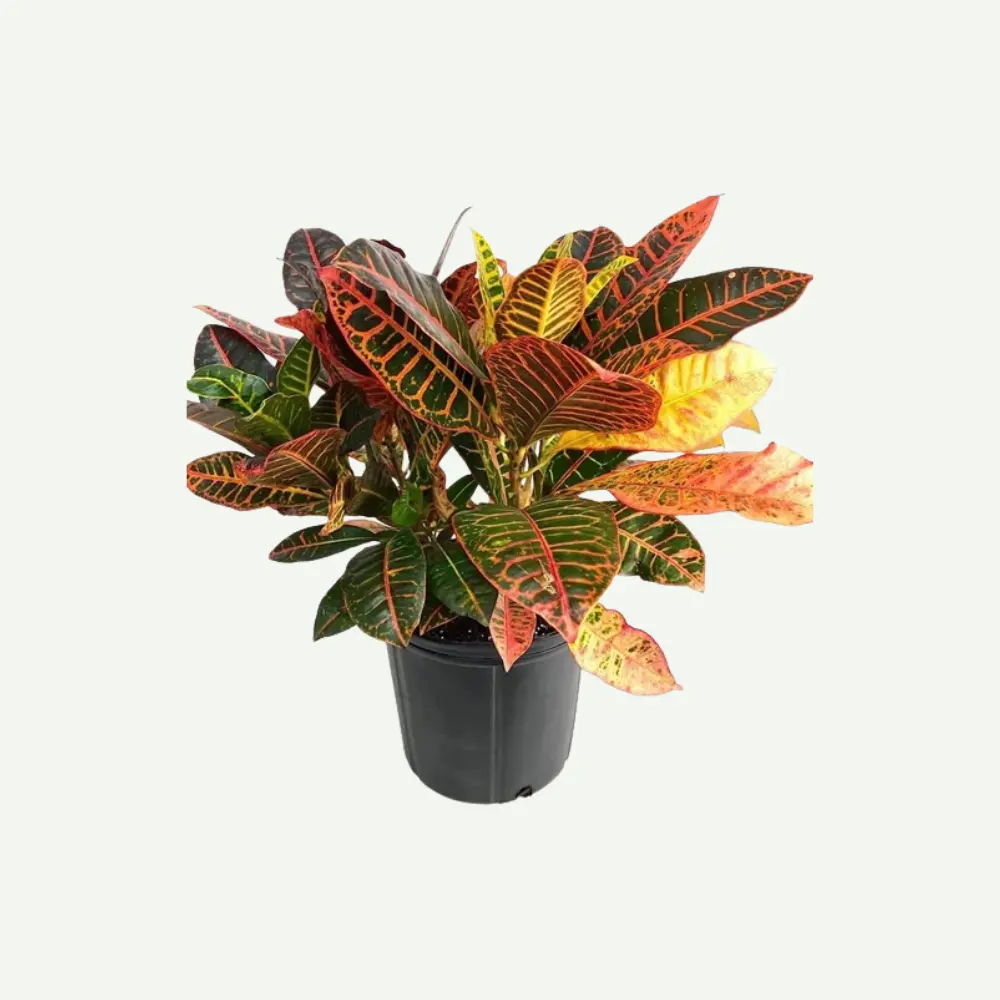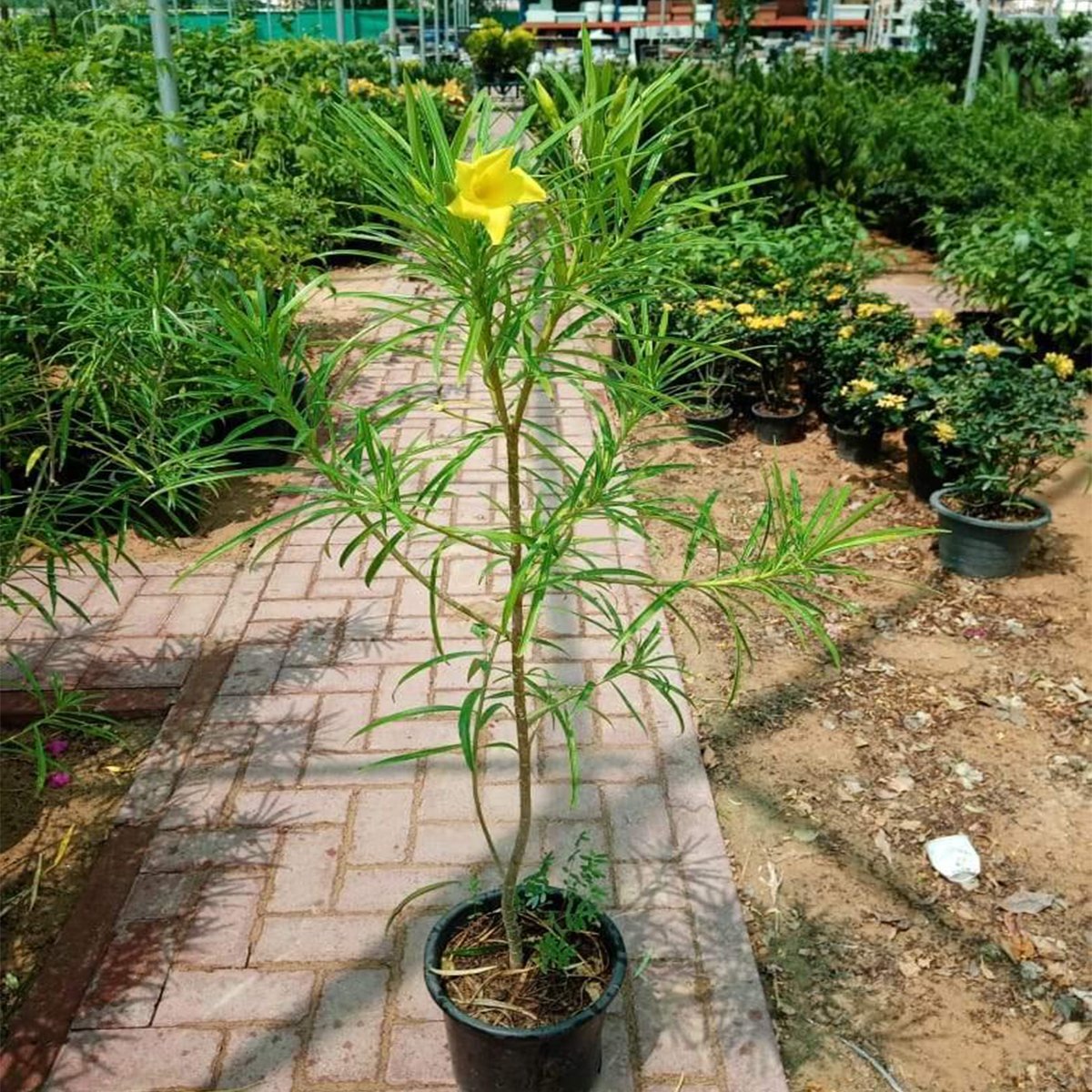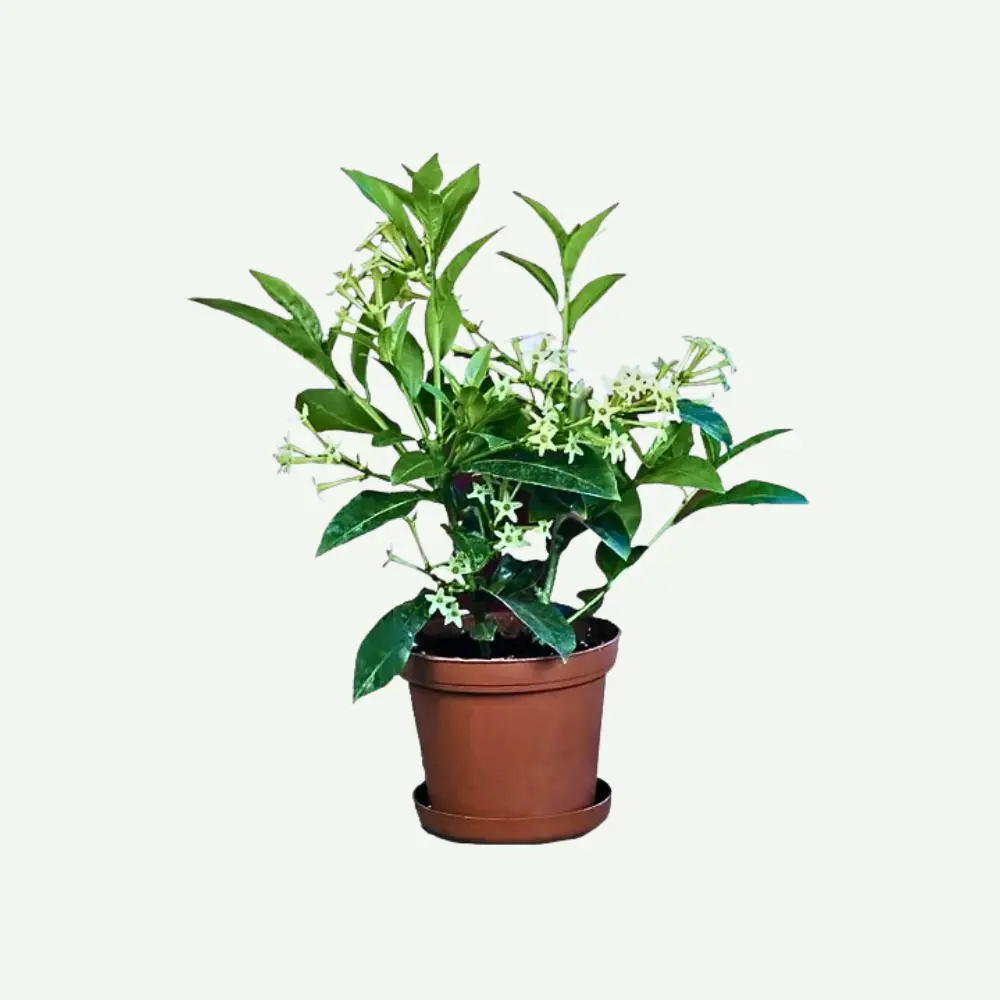Flame tree, scientifically known as Delonix regia, is a magnificent tree that has earned its place as a beloved ornamental species in the world of landscaping. Known for its vibrant, fiery-red blossoms and lush green foliage, the flame tree can bring an explosion of color and beauty to any garden or landscape.
Flame Tree Description:
This description will explore the various aspects of incorporating flame trees into your landscaping design, including care and maintenance to ensure these stunning trees thrive.
Choosing the Right Location: The success of incorporating flame trees into your landscaping project starts with selecting the right location. Flame trees are native to tropical and subtropical regions, and they thrive in full sun, which means they require at least 6 to 8 hours of direct sunlight daily. When choosing a location, keep the following factors in mind:
Sunlight: Ensure that the selected spot receives ample sunlight throughout the day. This is crucial for the tree to produce its signature vibrant red flowers and to maintain healthy foliage.
Space: Flame trees can grow up to 40 feet (12 meters) in height with a wide canopy. Allow for sufficient space for the tree to grow and spread without interference from nearby structures or other plants.
Soil Quality: These trees are adaptable and can tolerate various soil types, but well-draining soil is essential to prevent waterlogging. A slightly acidic to neutral pH level is ideal.
Protection from Strong Winds: While flame trees are sturdy, they can be vulnerable to strong winds, especially when they are young. Planting them in a location that offers some protection from strong gusts is advisable.
Planting Flame Trees: Once you’ve chosen the ideal location, it’s time to plant your flame tree. Here’s a step-by-step guide to ensure a successful planting process:
Timing: Plant flame trees during the spring or early summer when the soil is warm and there’s a lower chance of frost. This timing will give your tree the best chance of establishing strong roots.
Preparing the Hole: Dig a hole that is roughly twice the width of the tree’s root ball and the same depth. Loosen the soil in the hole to facilitate root growth.
Root Ball Placement: Carefully remove the tree from its container or burlap and gently place it in the center of the hole. Ensure that the top of the root ball is level with the ground’s surface.
Backfilling: Fill in the hole with the excavated soil and tamp it down gently to remove air pockets. Water the newly planted tree thoroughly.
Mulch and Watering: Apply a layer of organic mulch around the base of the tree to retain moisture and suppress weeds. Water the tree regularly, especially during the establishment phase.
Maintenance and Care: Caring for your flame tree is essential to ensure its health and longevity. Here are some key maintenance tasks:
Pruning: Flame trees typically require minimal pruning. Remove dead or damaged branches and shape the tree as needed. Pruning is best done during the tree’s dormant season.
Watering: Flame trees are drought-tolerant once established, but regular watering is essential during the early stages of growth. Deep, infrequent watering is preferable to frequent, shallow watering.
Fertilizing: Apply a balanced, slow-release fertilizer in the spring to promote healthy growth and flowering. Avoid over-fertilizing, as it can lead to excessive foliage growth at the expense of flowers.
Pest and Disease Management: Keep an eye out for common pests like aphids and caterpillars, as well as diseases such as root rot and leaf spot. Use appropriate insecticides and fungicides when necessary.
Mulching: Maintain a 2- to 4-inch layer of mulch around the base of the tree to help retain soil moisture and regulate temperature. Keep the mulch away from the tree’s trunk to prevent rot.
Support for Young Trees: If you’re growing young flame trees, consider staking or providing support until the tree becomes more stable on its own.
Soil Amendment: Periodically check the soil’s pH and nutrient levels. You may need to amend the soil with organic matter or specific soil conditioners to ensure optimal growth.
Landscaping Design with Flame Trees: Incorporating flame trees into your landscaping design can create a stunning visual impact. Here are some ideas on how to use these trees effectively in your garden:
Accent Tree: Plant a single flame tree as a focal point in your garden. Its striking red blossoms will draw the eye and create a vibrant centerpiece.
Avenue Planting: Line a driveway or walkway with a row of flame trees to create a dramatic, colorful avenue. This can be particularly breathtaking when the trees are in full bloom.
Shade and Privacy: Use the tree’s wide canopy to provide shade in a sunny area of your garden or as a natural privacy screen to block unwanted views.
Mixed Planting: Combine flame trees with other flowering plants and shrubs to create a diverse and colorful garden bed. The contrast between the red flowers and other foliage can be visually appealing.
Container Gardening: In regions with cooler climates, consider growing flame trees in large containers. You can move them indoors during the winter and place them outdoors during the warmer months.
Conclusion: The flame tree, with its striking beauty and adaptability, can be a standout addition to any garden or landscaping project. When cared for properly and integrated thoughtfully into your design, it can bring vibrant color and a touch of tropical elegance to your outdoor space. Whether you choose to use it as a focal point or as part of a larger garden composition, the flame tree is sure to captivate and delight all who encounter it.








Reviews
There are no reviews yet.